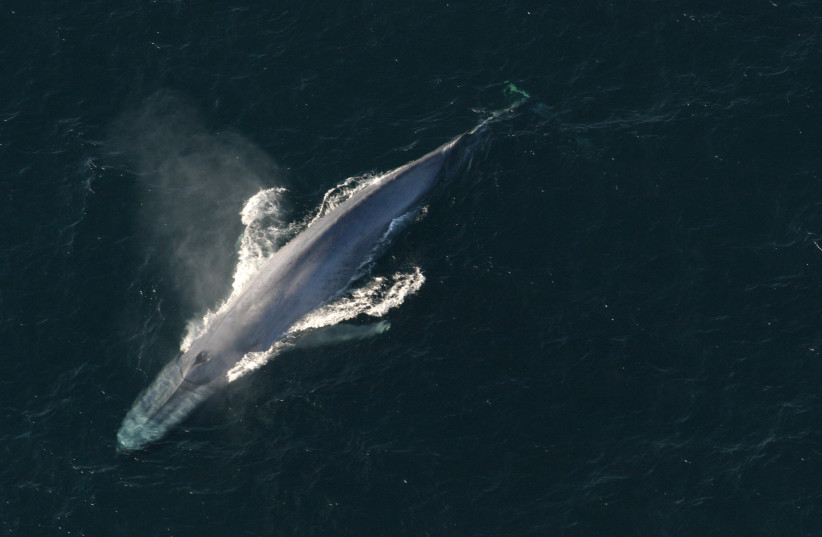Scientists have managed to figure out a way to essentially eavesdrop on whales in the Arctic, a new study has revealed.
This is done through the use of the underseas telecommunication fiber optic cable, already present throughout the world, in order to better hear the sounds of these massive and mysterious marine mammals.
The findings of this study were published in the peer-reviewed academic journal Frontiers in Marine Science.
<br>Whales beneath the waves
Cetaceans are some of the most fascinating animals on the planet, whether because of their immense size, wide distribution range, cultural value, intelligence and possible vocal capabilities. However, they are also some of the most difficult animals to study.
Since they have been the largest living beings on the planet throughout its history – at least by weight – as well as being underwater, it is incredibly difficult to keep them in captivity. In fact, for the larger whales, it is outright impossible.

And considering the important role whales play in the ecosystem, studying them is important.
Although possible, it is incredibly difficult, and has become even more so in light of the vastly declining number of whales worldwide. This is especially true of baleen whales, large whales who use fringed, keratinous brushes that hang from their upper jaw rather than teeth in order to filter and consume their food from seawater.
Industrial whaling, pollution, other human incursions into ocean habitats, as well as climate change have greatly harmed whale populations, and have further forced their migration routes and timings to be altered.
Due to these limitations, the best that researchers could usually do when trying to study whale dietary habits was to study dead whales.
But this study has found a way around it.
<br>The study
Currently, around 1.2 million kilometers of fiber optic telecommunication cables have been laid down throughout the Earth's oceans.
And it is through using them that researchers were able to listen.
“This could be much like how satellite imagery coverage of the Earth has allowed scientists from many different fields to do many different types of studies of the Earth. To me, this system could become like satellites in the ocean.”
Léa Bouffaut
This was accomplished through the use of Distributed Acoustic Sensing (DAS), which taps into fiber optics and uses extra fibers as hydrophones. There are many of these spare fibers lying around, since having them is common practice as a cost-saving measure.
Using this technique, the researchers began to study the baleen whales in Isfjorden, the second longest fjord in Norway's Svalbard archipelago.
Sightings in that area have shown that baleen whales, such as blues and humpbacks, consistently frequent that area every summer.
This experiment was a success, managing to eavesdrop on the whale calls in the area. Not only that, but it could be able to track whale locations and timing, monitoring where they are throughout the world. Going further, they'll be able to track whales in real-time.
This is especially important because instead of having to deploy new hydrophones in the ocean, the researchers are able to make use of a preexisting global system of cables.
“Deploying hydrophones is extremely expensive. But fiber optic cables are all around the world, and are accessible,” lead author Léa Bouffaut said in a statement.
“This could be much like how satellite imagery coverage of the Earth has allowed scientists from many different fields to do many different types of studies of the Earth. To me, this system could become like satellites in the ocean.”
There are issues in the way, though. Most notably, of course, is the fact that the cables have owners, so using them for DAS would require permission. But these are ongoing issues that the researchers are hoping to work out.
More importantly, the methodology has a wide range of potential applications as well, as it can also be used to hear storms, ships and earthquakes. Further work is needed to better tap into these new possibilities.
